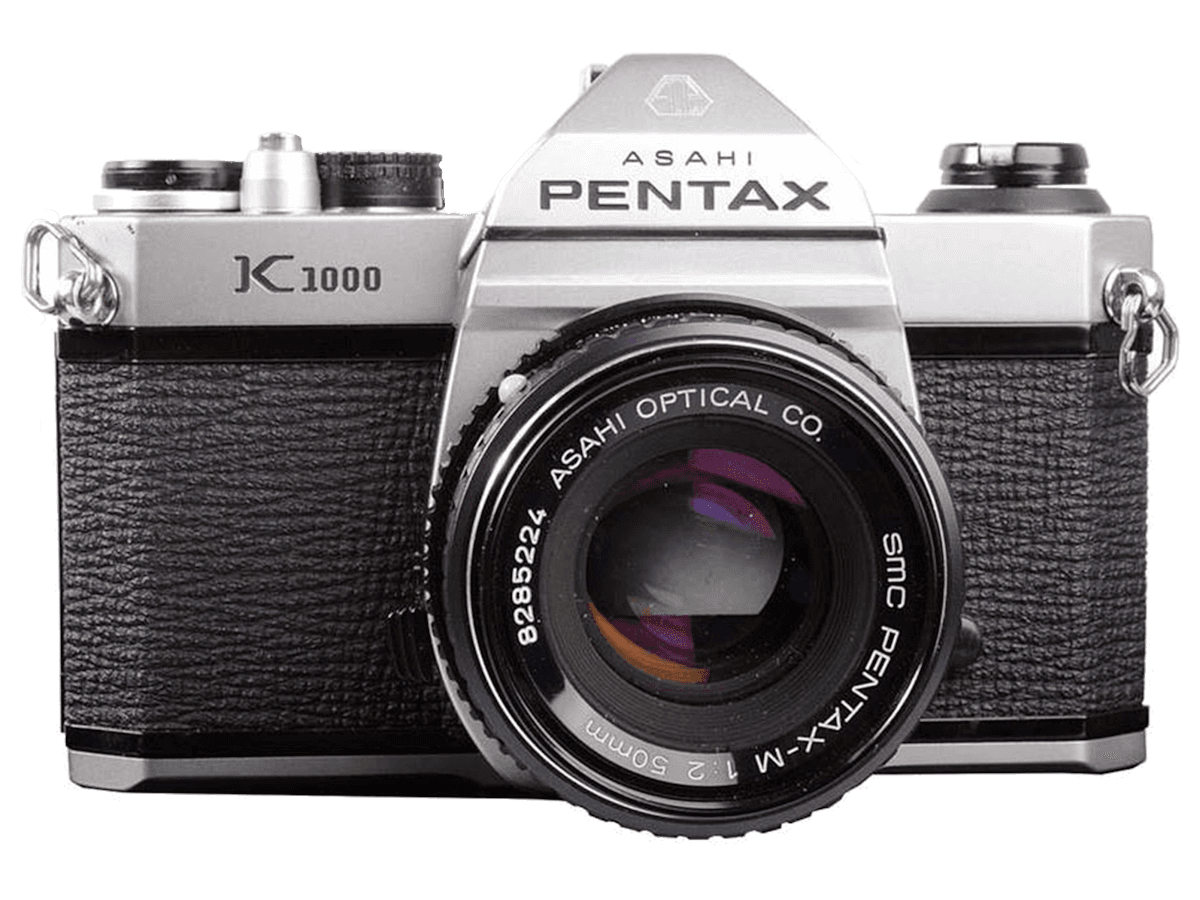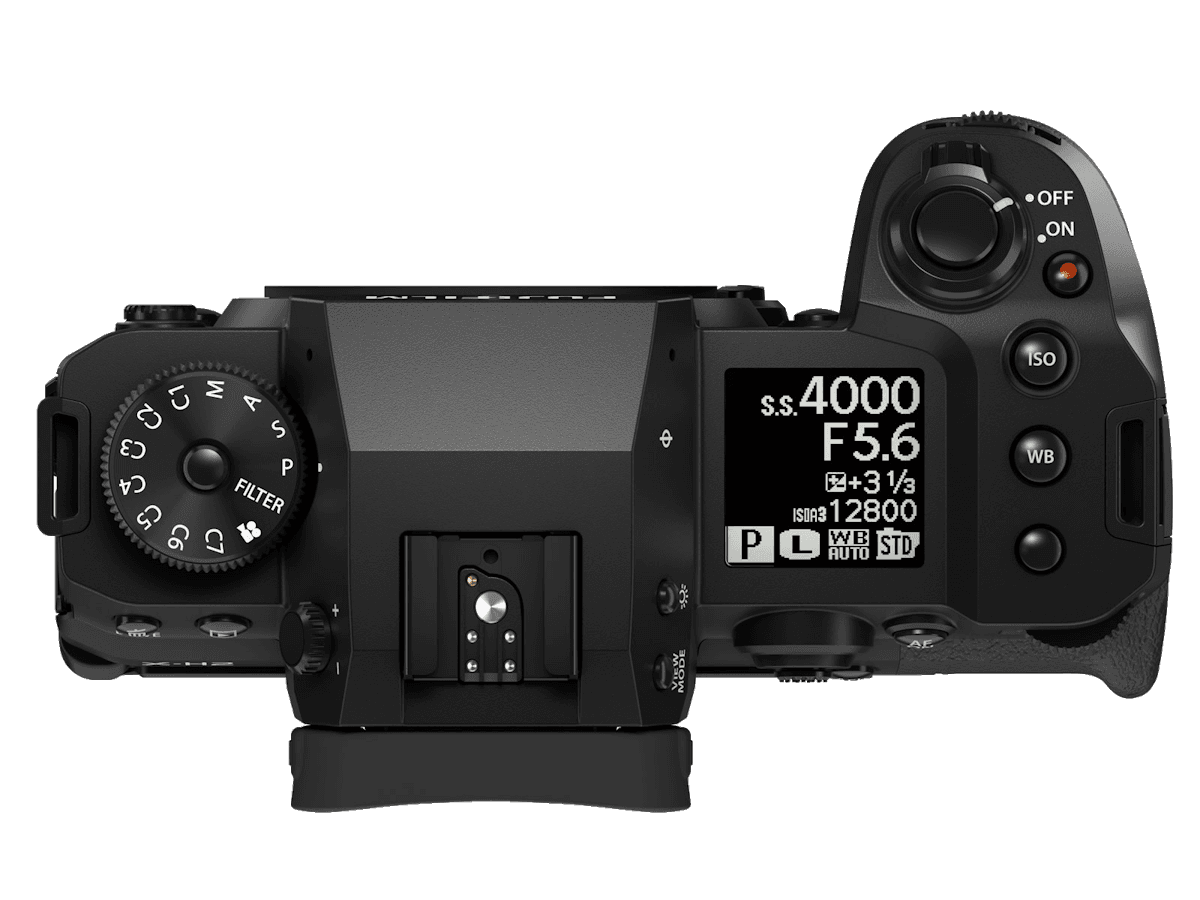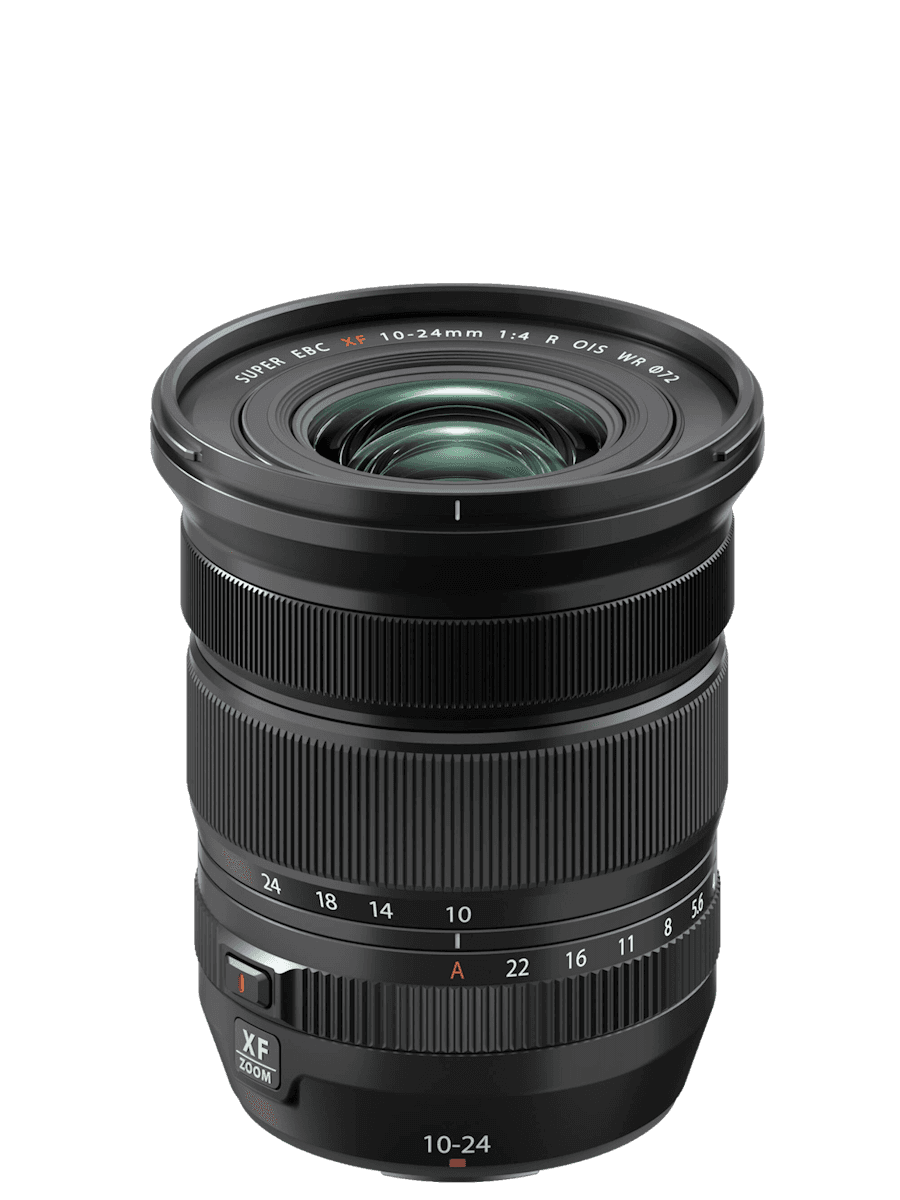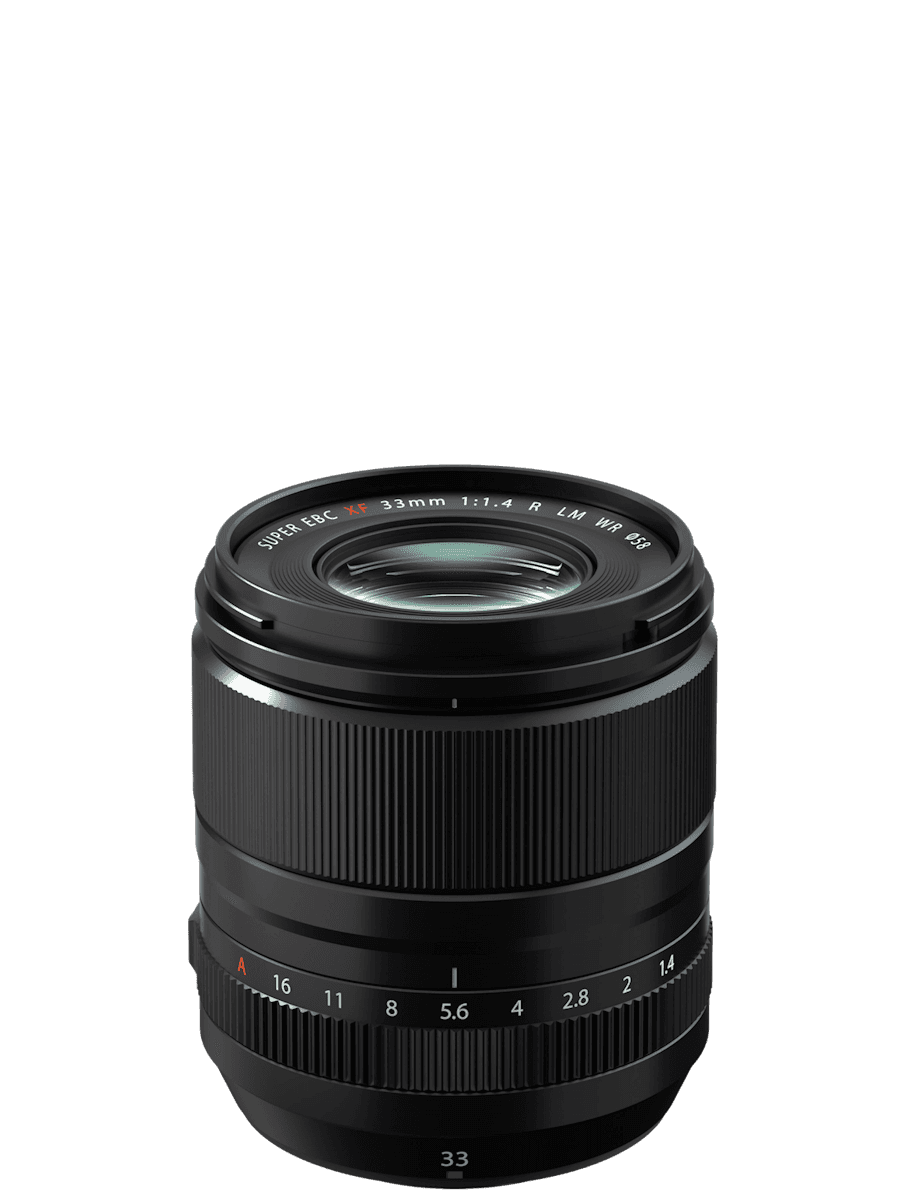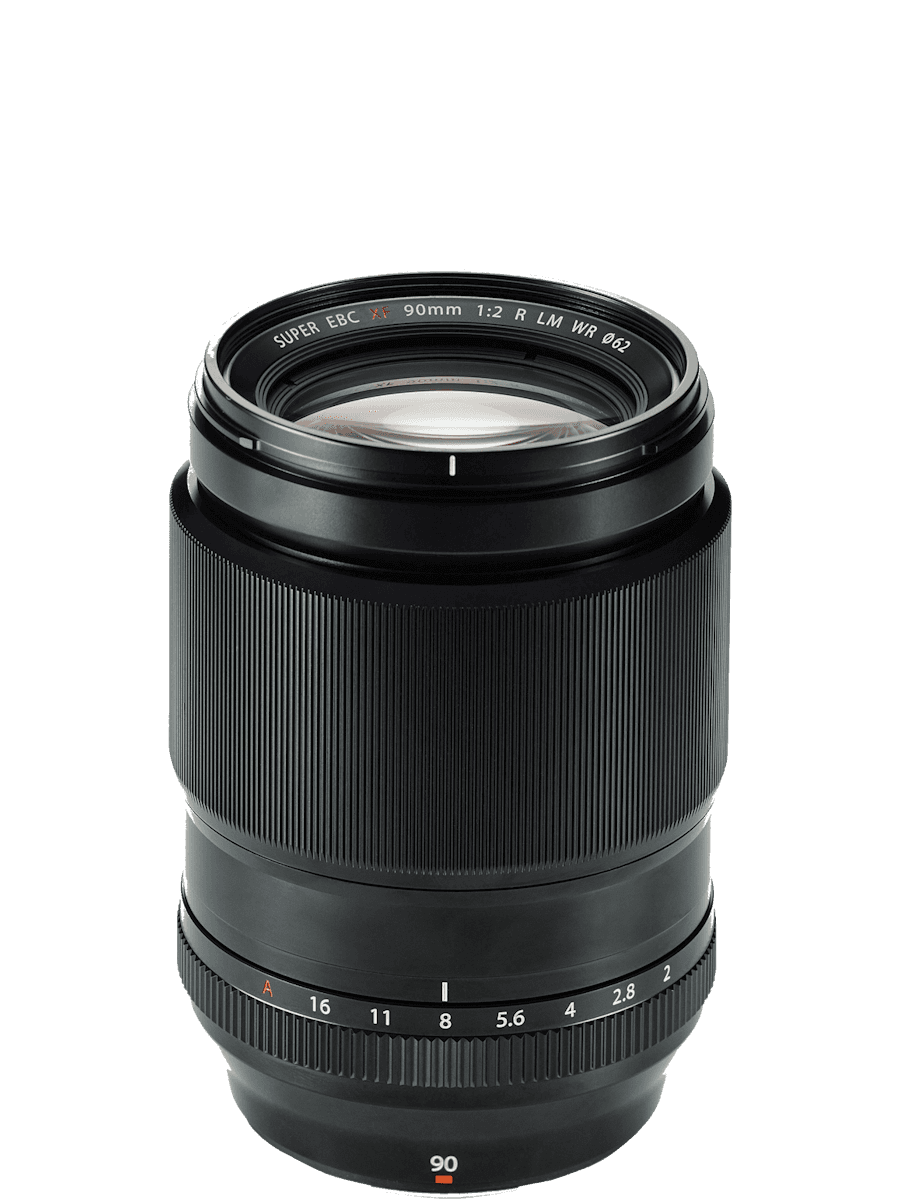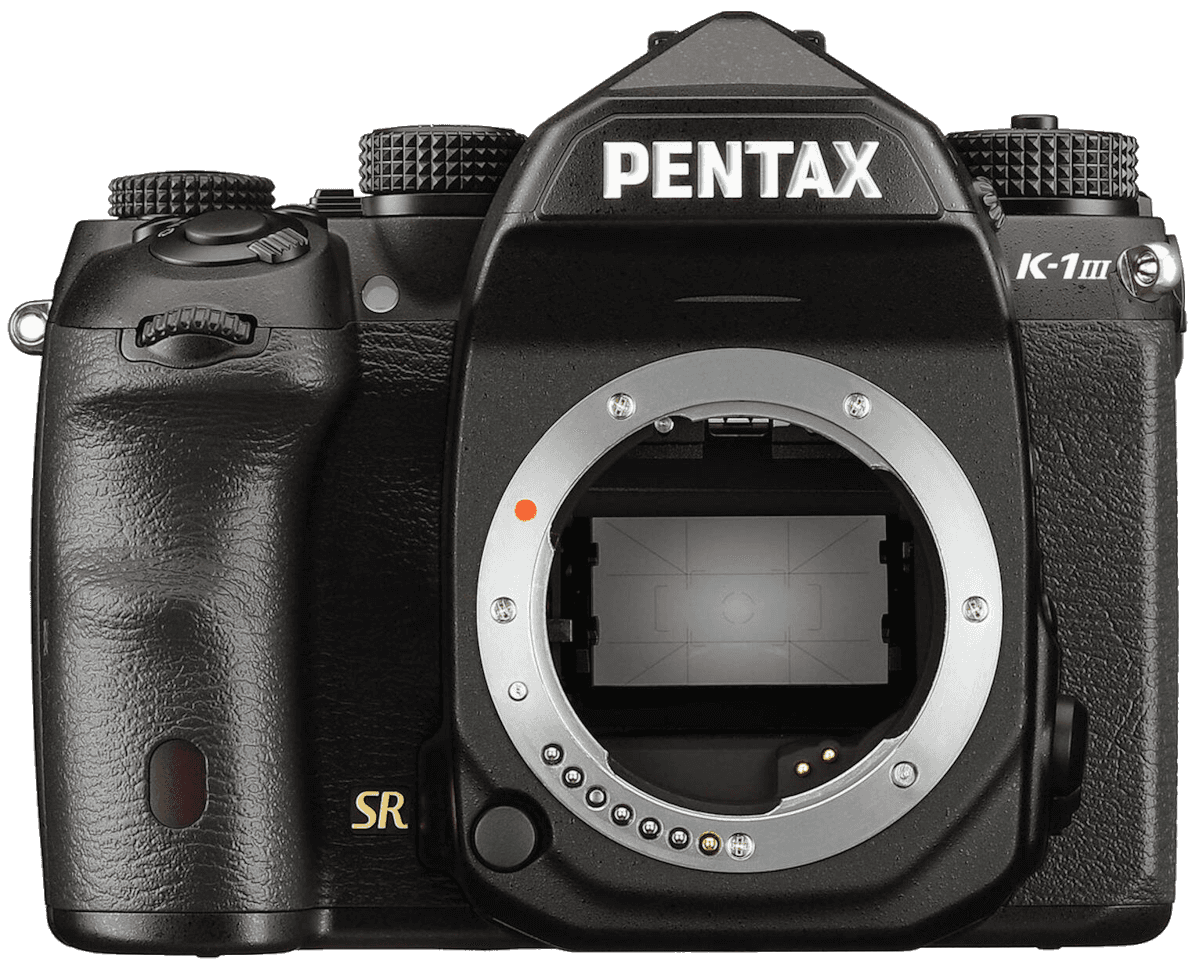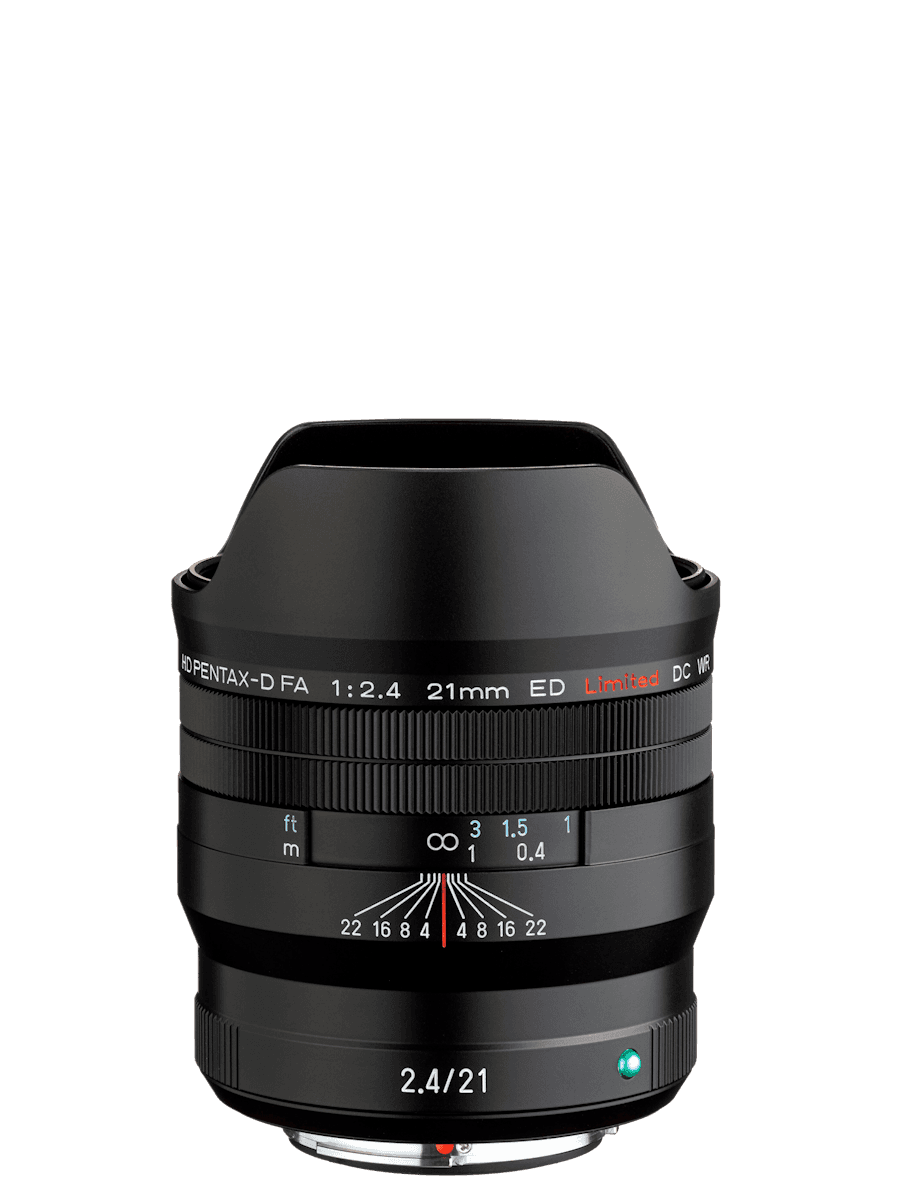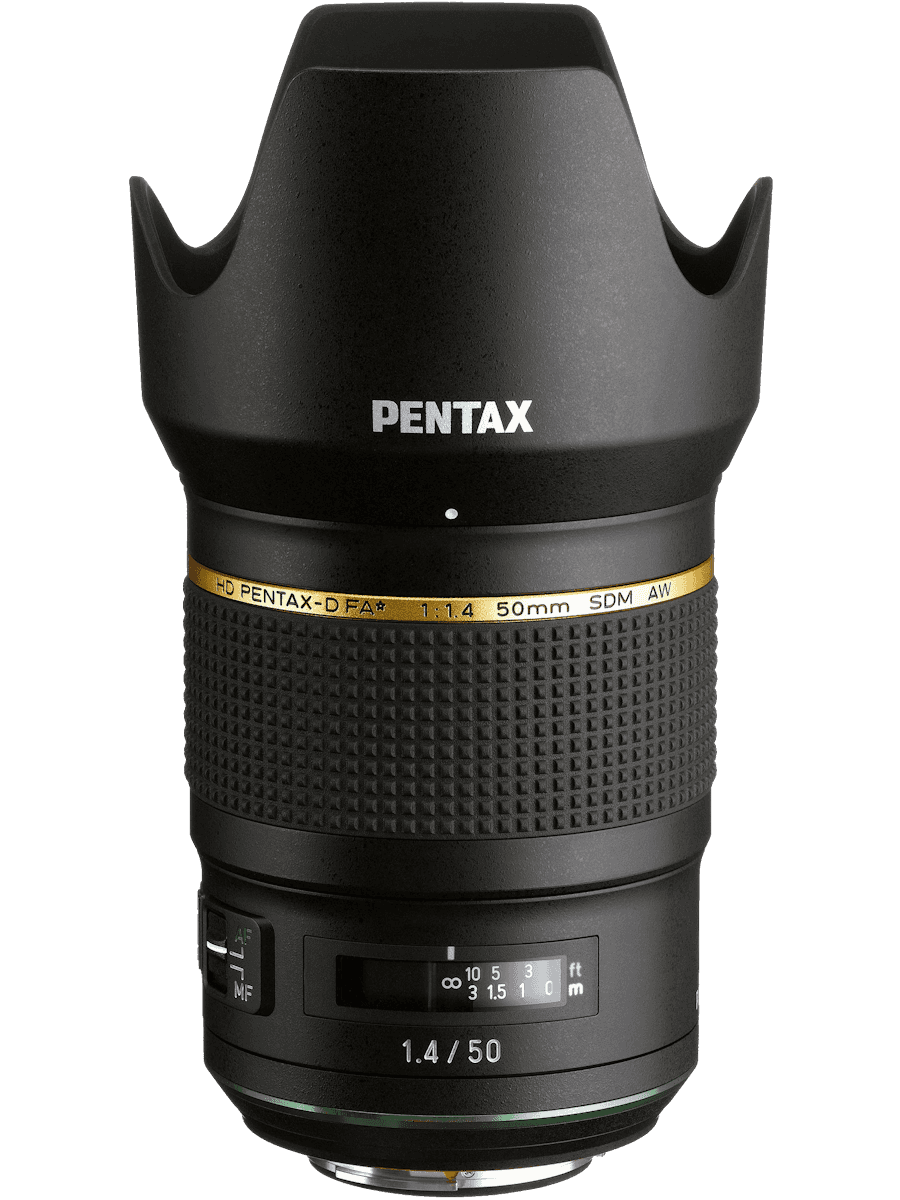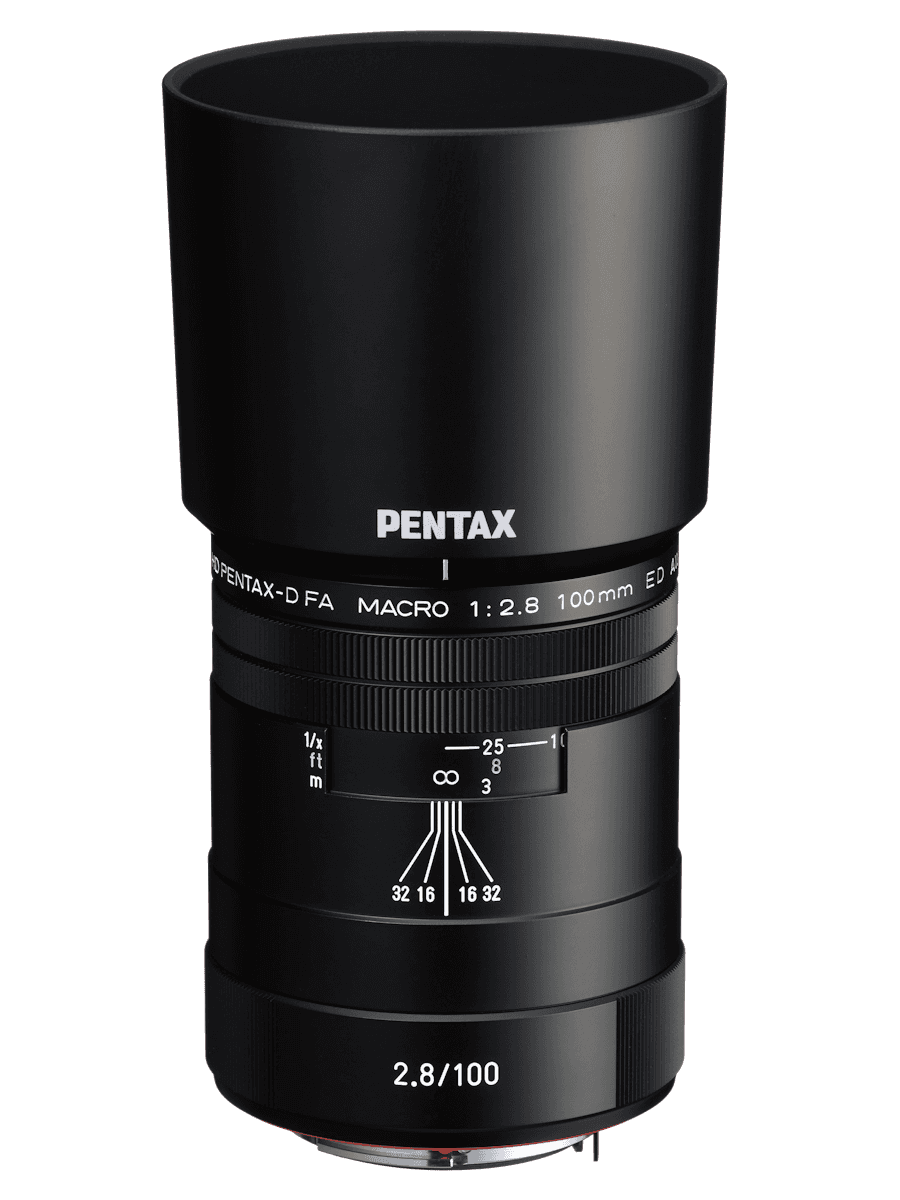Yond Pentax Has a Lean and Hungry Look
Two cameras, six lenses, and the unkindest cut of all.
When I wrote my last camera post, I was in full expansion mode. My “5-Year Lens Plan” sprawled across weather-resistant Fujifilm autofocus glass, manual-focus Voigtländer gems, and the Osmo Pocket 3 for handheld video. It was exciting, thoughtful, and maybe a little indulgent.
As time went on, something became clear: the act of expanding taught me what I actually valued. Once I had imagined every possible kit, I could start subtracting. I could begin to see which combinations were strong, which were redundant, and which weren’t really “me.”
At one point, I had what I called the Killer Killer Set, six lenses for the Fuji X-H2 APS-C sensor hybrid camera, six for the Pentax K1 Mark III full-frame DSLR camera, a juicy mix of auto- and manual focus, weather resistant zooms and character primes.
Killer Killer ballooned into a 17-year odyssey including the pro-grade Hall of Fame Extended Buys and the telephoto-rich Great Leap Superextension. It was smart, it was careful, it was comprehensive, and it was just too much. It threatened to overwhelm everything.
Then came the cuts: the Nice Trim Kit, the Pro Dogwalker Kit, experiments with adaptation and teleconverters, long telephoto fantasies, fair-weather Voigtländer/Pentax manual focus builds. Each iteration had its logic. Each solved something, but also introduced new complexity.
The truth is, I needed this process: to swing wide, then tighten. I needed to see what too much looked like before I could recognize, “Enough, already.”
Pentax joined the mix not just for optics, but for memory. My first camera was an Asahi Pentax K1000. The thought of a K-1 Mark III with Limited primes and D FA glass feels like coming home. Fuji remained because of its precision and hybrid video chops.
I realized that what I want is not one system to rule them all, but two complementary systems, each complete on its own, and both capable of working together.
“Speak, Lens, for Me”
Fuji X-H2 kit (~2kg)
XF 10–24mm f/4 R OIS WR
The wide, versatile foundation of the Fuji kit. Perfect for interiors, landscapes, and architectural shots where context matters. Its OIS and weather sealing make it a reliable partner for handheld and low-light situations.
XF 33mm f/1.4 R LM WR
A fast, normal-prime workhorse that excels at portraits, street photography, and storytelling. Lightweight and precise, it balances the zoom with a lens that can define mood and atmosphere.
XF 90mm f/2 R LM WR
Short telephoto with a flattering compression for portraits and a graceful bokeh. A lens that invites deliberation, ideal for moments where separation from the subject and careful framing matter most.
Pentax K-1 III kit (~2.5kg)
HD Pentax-D FA 21mm f/2.4 ED Limited DC WR
A wide-angle lens with character, perfect for environmental storytelling and expansive scenes. Compact yet solid, it captures the essence of a place without losing intimacy.
HD Pentax-D FA★50mm f/1.4 SDM AW
The quintessential full-frame normal prime, balancing sharpness with a hint of classic Pentax warmth. Excellent for portraiture, reportage, and general-purpose shooting where character and precision are equally important.
HD Pentax-D FA 100mm f/2.8 ED AW Macro
Macro excellence with full-frame depth. Beyond close-ups, it doubles as a short telephoto, offering detailed textures, subtle subject isolation, and versatility for both craft documentation and intimate portraiture.
Total weight: 4.6kg
Total price: (with rebates, as of August 2025): ¥1,186,821 / $8,075 USD
Each kit is self-contained: Fuji for workaday zoom, hybrid video, and fast primes; Pentax for full-frame depth, macro precision, and character rendering. Together, they dovetail into something far greater. No overlap, no dead weight.
At just 4.6 kilograms for two complete systems, the kit is surprisingly light by professional standards. Between Fuji and Pentax, I can shoot everything from ultra-wide 10mm interiors to intimate 90mm portraits, with full-frame macro available when needed.
The whole setup is also weather-sealed, making it a true all-purpose companion that can handle travel, fieldwork, or unpredictable conditions without hesitation.
What makes it more than a technical checklist, though, is how the systems complement each other. Fuji brings modern precision and consistency, while Pentax contributes glass with soulful, expressive character. That balance ensures I’m not locked into one “look.”
Just as important, each system stands on its own. If release schedules slip or I decide to pause purchases, I’m never left stranded. The roadmap works in stages, and every stage is independently useful.
My earlier “first-draft” kit was entirely Fujifilm, blending autofocus Fuji glass with manual-focus Voigtländer primes, backed by the Osmo Pocket 3 as a pocket-sized video tool. That Osmo Pocket 3 still has a place in this version of the plan for all the same reasons: ease of carry, quick setup, and unobtrusive video capture.
Since the Pentax K-1 Mark III hasn’t been released yet, this purchase order is more a roadmap than a shopping list. The delay actually works in my favor, giving me time to be patient, test gear, and build slowly. I’ll begin with the Fujifilm body, the wide zoom, and the fast normal, letting that foundation guide the next steps.
And of course, the lens world doesn’t stand still. By the time the K-1 Mark III arrives, Pentax may have refreshed classics like the FA Limited trio (31, 43, 77) with weather-sealed versions. If that happens, I’ll be tempted to revisit or rebalance this plan. That flexibility is built in from the start.
This kit represents another high point in a long process. It’s the result of going too far, then pulling back. Of trying on ideas, discarding them, and circling back to what matters: the work I actually want to do, not the fantasy of what I might want someday.
It’s not minimalism for its own sake. It’s balance, practicality, and joy. It’s a kit I can carry, use, and grow with. It feels both achievable and utilitarian in ways that none of the monster plans ever did.
And that’s the point: the destination wasn’t a bigger kit, but a clearer vision.
